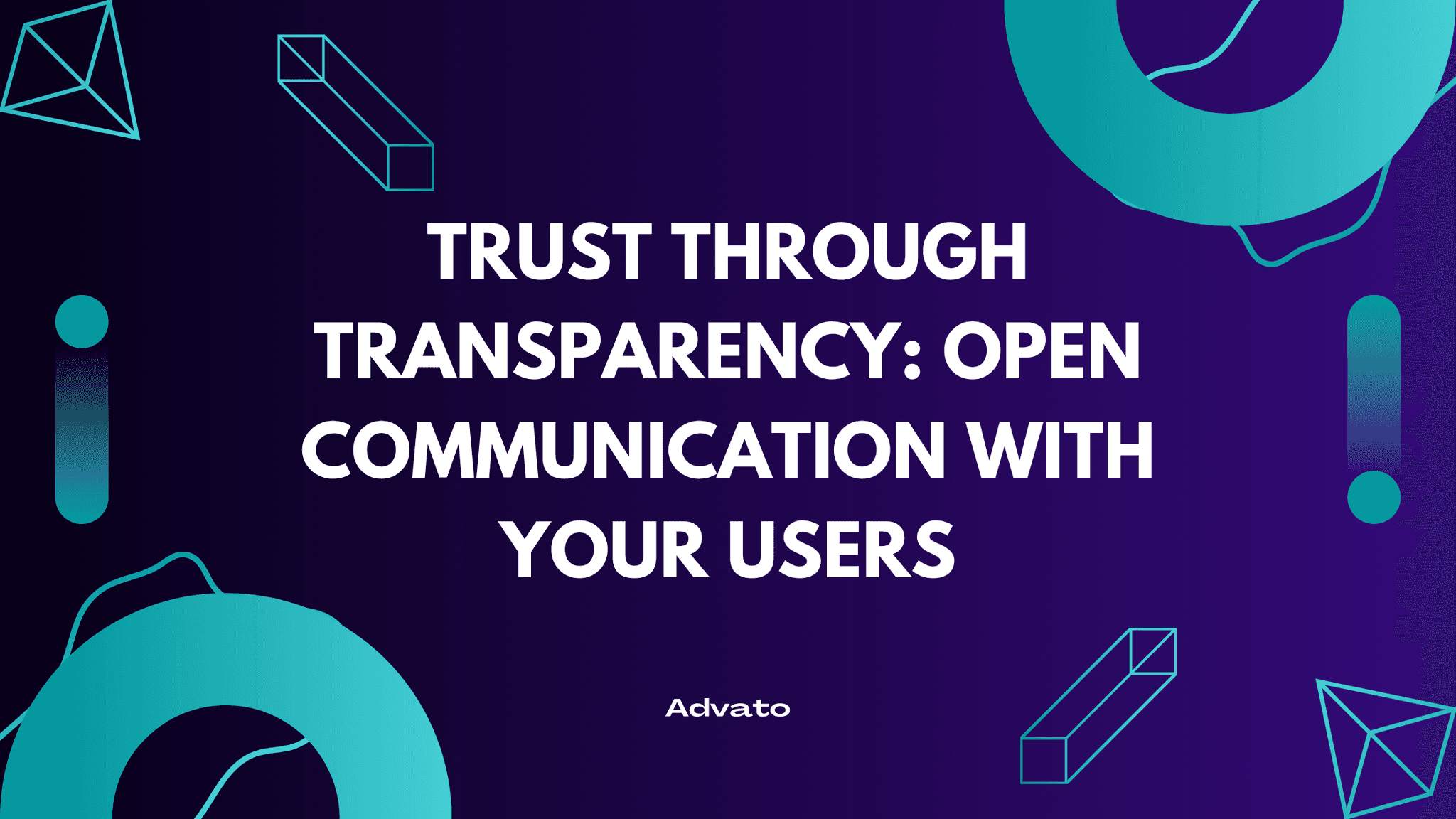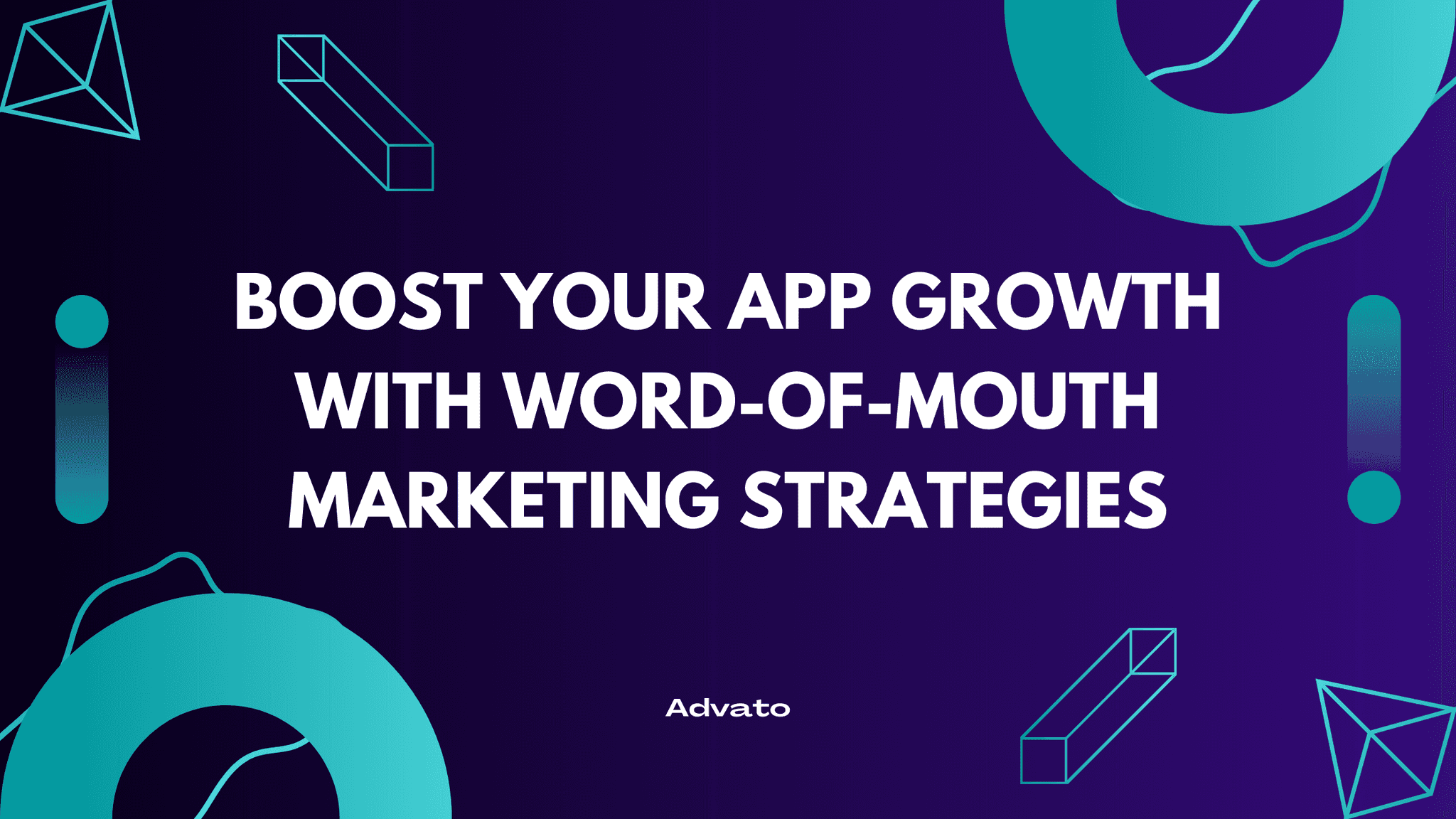Sep 5, 2024
So you've just launched your shiny new mobile app. It's sleek, it's user-friendly, and it's solving a problem that's been bugging smartphone users since the dawn of time. You're feeling on top of the world, right? But wait a minute – how exactly are you planning to turn all those downloads into cold, hard cash?
Welcome to the world of app monetization, where choosing the right strategy can mean the difference between a money-making machine and a digital ghost town. In this post, we're going to dive into the art and science of app monetization, exploring different models and helping you choose the perfect strategy for your app.
Understanding App Monetization: Show Me the Money!
Before we jump into the nitty-gritty, let's get our definitions straight. App monetization is simply the process of converting your app users into revenue. It's like turning your digital creation into a cash cow – but without the mooing.
Now, measuring your monetization success isn't just about counting dollar bills. Here are some key metrics you should be keeping an eye on:
Average Revenue Per User (ARPU)
How much money each user is bringing in.
Lifetime Value (LTV)
The total amount of revenue you can expect from a user throughout their relationship with your app.
Conversion Rate
The percentage of users who take the desired action (like making a purchase).
Retention Rate
How many users stick around after downloading your app.
Remember, choosing the right monetization strategy isn't a one-size-fits-all affair. It depends on factors like your app's category, target audience, and competition. It's like choosing an outfit – what works for a fitness app might look ridiculous on a utility app.
Popular Monetization Models
Now, let's explore the world of monetization models available to app developers. Each has its own flavor, so let's taste-test them all!
In-App Purchases (IAP)
This model is like placing candy at the checkout counter. Users download your app for free but can buy virtual goods, additional features, or premium content within the app. It's particularly popular in gaming apps – think extra lives, special weapons, or fancy outfits for your characters.
Pros: Flexible, can enhance user experience
Cons: Requires constant creation of attractive purchase options
Freemium Model
Imagine giving out free samples at a food court. That's the freemium model. Users get basic features for free, but have to pay to access premium features or content. It's like a 'try before you buy' approach.
Pros: Low barrier to entry, can attract a large user base
Cons: Need to strike a balance between free and paid features
Subscription Model
This is the gym membership of the app world. Users pay a recurring fee to access your app's content or features. It's popular with streaming services, productivity apps, and content-based apps.
Pros: Predictable revenue, encourages long-term engagement
Cons: Requires constant value delivery to retain subscribers
Advertising-Based Model
If your app is a highway, this model turns it into a billboard-lined freeway. Users get the app for free, but they see ads while using it. It's like the commercial breaks in your favorite TV show.
Pros: Can work well for apps with large user bases
Cons: Can negatively impact user experience if not implemented carefully
One-Time Fee Paid Apps
This is the straightforward "you want it, you buy it" approach. Users pay a one-time fee to download your app. It's like buying a book – once you've paid, it's yours to keep.
Pros: Immediate revenue, attracts committed users
Cons: Higher barrier to entry, can limit user base growth
Sponsorship and Partnerships
This is like having a celebrity endorse your product. You partner with brands that want to reach your user base, integrating their products or messaging into your app experience.
Pros: Can be lucrative if you have a niche audience
Cons: Requires a substantial and engaged user base to attract sponsors
Some Emerging Trends
The app monetization landscape is always evolving. Here are some trends to keep an eye on:
Hybrid Monetization Models
Mix and match. Many successful apps are combining multiple monetization strategies for maximum impact.
Artificial Intelligence in Monetization
AI is being used to personalize monetization strategies, predicting which users are most likely to make purchases and when.
Choosing the Right Monetization Strategy
So, how do you pick the perfect monetization model for your app? Here's a step-by-step guide:
Understand Your App's Unique Value Proposition
What makes your app special? Your monetization strategy should align with and enhance your app's core value.
Analyze Your Target Audience
Are they teenagers with limited disposable income or professionals willing to pay for premium features? Your audience's characteristics should inform your monetization choices.
Evaluate app usage
How often do your users use the app? Is it once a year, or several times a week? That should inform your decision.
Consider App Category and Industry Norms
What's common in your app's category? While you don't have to follow the crowd, understanding industry norms can provide valuable insights.
Evaluate Competitor Strategies
What are your competitors doing? Can you offer something different or better?
Balance User Experience and Revenue Generation
Remember, the best monetization strategy enhances rather than detracts from the user experience.
Implementing and Optimizing Your Monetization Strategy
Choosing a monetization strategy isn't a "set it and forget it" deal. It's more like raising a temperamental plant – it needs constant care and attention.
A/B Testing
Don't be afraid to experiment with different models or combinations of models. A/B testing can help you find the sweet spot.
Personalization
One size doesn't fit all. Use data to personalize monetization approaches for different user segments.
Continuous Monitoring and Adjustment
Keep an eye on your metrics and be ready to pivot if something isn't working.
Common Mistakes: Don't Fall Into These Traps!
Even the best of us can stumble. Here are some common monetization mistakes to avoid:
Over-Monetization
Don't be that guy at the party who's always trying to sell something. Excessive monetization attempts can drive users away.
Neglecting User Experience
Short-term gains aren't worth long-term pain. Prioritize user experience over quick profits.
Ignoring Legal and Ethical Considerations
Make sure your monetization practices comply with app store guidelines and relevant regulations. And remember, just because you can do something doesn't mean you should.
Conclusion: Your App's Money-Making Adventure Awaits!
And there you have it, folks – a tour of the app monetization landscape. Remember, choosing the right monetization strategy is as much an art as it is a science. It requires a deep understanding of your app, your users, and the wider market.
Don't be afraid to experiment, iterate, and even fail a little. The perfect monetization strategy for your app is out there – it's just waiting for you to discover it.
If you want to grow your app in a cost-effective way, check out Advato. Advato’s solution is designed to help you grow your app through referrals. Check it out here, and watch your user base grow!


